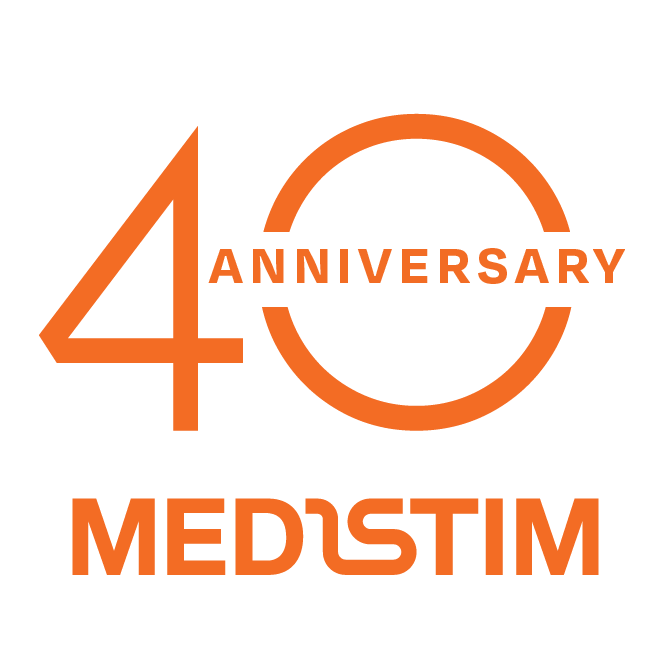Publications
Intimal hyperplasia, saphenous vein graft disease, and clinical outcomes: Insights from the CTSN VEST randomized trial
Background: Diffuse intimal hyperplasia and graft irregularity adversely affect the long-term patency of saphenous vein grafts (SVGs) and clinical outcomes of patients undergoing coronary artery bypass grafting (CABG). The VEST trial evaluated the efficacy of external graft support in limiting the development of intimal hyperplasia (IH) at 1 year postsurgery. In the present secondary analysis, we explored the associations between graft disease and IH and clinical events. We also examined risk factors for early graft occlusion.
Methods: VEST is a within-patient randomized, multicenter trial that enrolled 224 patients with multivessel coronary disease undergoing CABG surgery, of whom 203 were evaluated by 1 year postsurgery. Intimal hyperplasia, lumen uniformity, graft stenosis, and graft perfusion were measured by intravascular ultrasound and angiography. Major cardiac and cerebrovascular events (MACCE; including death, myocardial infarction, stroke, and revascularization) were recorded over a median follow-up of 3 years.
Results:... Read more...
Impact of transit-time flow measurement on early postoperative outcomes in total arterial coronary revascularization with internal thoracic arteries: a propensity score analysis on 910 patients
Objectives: The aim of this study was to evaluate the impact of transit-time flow measurement (TTFM) on early postoperative outcomesin total arterial coronary revascularization.
Methods: A single-centre retrospective analysis was conducted on 910 patients undergoing isolated total arterial coronary artery bypassgrafting with internal thoracic arteries (ITAs) at our institution, between January 2017 and February 2020. Complete arterial revascularization with bilateral ITAs with a Y-configuration, or single ITA, was planned for all patients. According to the surgeon preference, TTFM was assessed in 430 patients (TTFM group). They were compared with 480 patients without TTFM assessment (no TTFM group). Primary endpoint was the occurrence of in-hospital major cardiac adverse events (MACE). A propensity score analysis with an inverse probabilityweighting approach was performed to control for selection bias.RESULTS: TTFM was associated with longer cardiopulmonary bypass times (76.0 [62.0; 91.2] vs 79.0 [65.0; 94.0] min, P = 0.042). Six (1.4%)patients in the TTFM group versus no patient in the no TTFM group underwent intraoperative graft revision because of unsatisfying flowvalues (P = 0.011). MACE were significantly lower in the TTFM group (14, 3.3%) than in the no TTFM group (33, 6.9%, P = 0.014). At crude regression, TTFM was protective against MACE occurrence (odds ratios 0.46, 95% confidence interval 0.23–0.85, P = 0.016). Inverse probability weighting adjustment did not significantly displace P-values and odds ratios for MACE occurrence in the TTFM group 0.44, 95% confidence interval 0.28–0.69, P < 0.001.
Conclusions: Read more...
Intraoperative completion studies and their associations with carotid endarterectomy outcomes
Objective:
This study aimed at assessing outcomes after carotid endarterectomy (CEA) in dependence of center policy with respect to imaging intraoperative completion study (ICSi) usage.
Summary Background Data:
Although randomized controlled studies are missing, a beneficial effect was shown for ICSi techniques (i.e., angiography and intraoperative duplex ultrasound) after CEA.
Methods:
This secondary data analysis is based on the... Read more...
Surgery or Endovascular Therapy for Chronic Limb-Threatening Ischemia
Background: Patients with chronic limb-threatening ischemia (CLTI) require revascularization to improve limb perfusion and thereby limit the risk of amputation. It is uncertain whether an initial strategy of endovascular therapy or surgical revascularization for CLTI is superior for improving limb outcomes.
Methods: In this international, randomized trial, we enrolled 1830 patients with CLTI and infrainguinal peripheral artery disease in two parallel-cohort trials. Patients who had a single segment of great saphenous vein that could be used for surgery were assigned to cohort 1. Patients who needed an alternative bypass conduit were assigned to cohort 2. The primary outcome was a composite of a major adverse limb event - which was defined as amputation above the ankle or a major limb reintervention (a new bypass graft or graft revision, thrombectomy, or thrombolysis) - or death from any cause.
Results: Read more...
Minimally invasive surgical coronary artery revascularization— how to initiate a safe and sustainable program
The recent reconfirmation of coronary artery bypass grafting (CABG) superiority over current percutaneous coronary interventions (PCIs) in various clinical scenarios resulted in renewed interest in less invasive surgical coronary artery revascularization. The continuous refinement of minimally invasive CABG(MI-CABG) techniques is paralleled by exciting advances in surgical technology that facilitate the safe and efficient harvesting of the internal thoracic artery (ITA) and the construction of multi-vessel coronary artery anastomosis under either direct vision or by using videoscopic or robotic platforms. Read more...

.svg)








